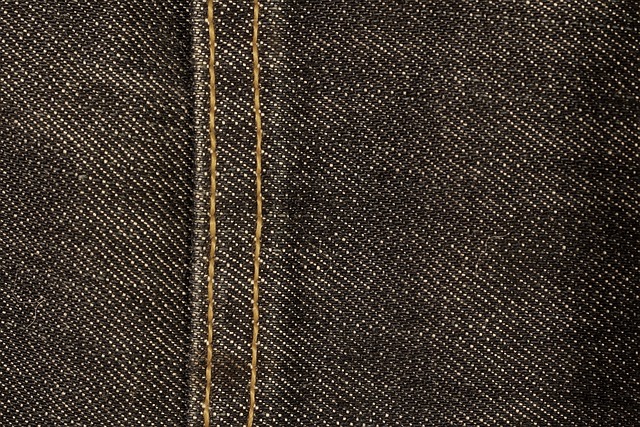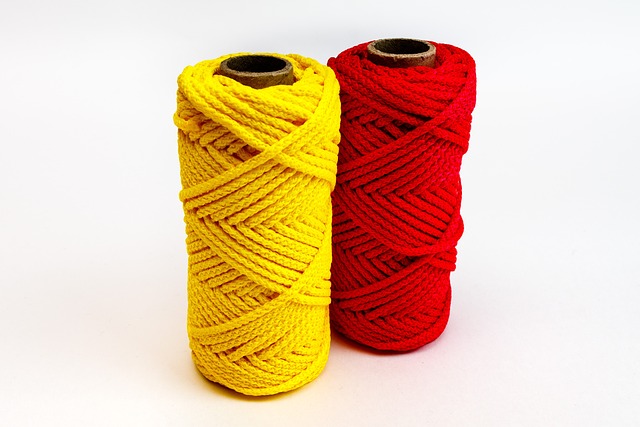Shingle roofing is a popular choice for homes due to its ease of installation, cost-effectiveness, and protection against harsh weather conditions. Key components include underlayment, flashing, and gutters. Asphalt shingles are cost-effective and easy to install, while metal roofs offer superior durability and corrosion resistance. Choosing high-quality durable roofing materials enhances energy efficiency, strengthens structural integrity, and reduces maintenance needs. Proper installation and regular maintenance are crucial for longevity. Modern developments in durable roofing materials balance sustainability with performance, with eco-friendly alternatives like recycled content shingles gaining popularity. Leading brands like GAF and Owens Corning offer innovative, long-lasting solutions tailored to diverse preferences and climates.
“Elevate your home’s curb appeal and protect it from the elements with the right shingled roof. This comprehensive guide uncovers the essentials of shingle roofing, exploring its versatility and longevity as a top choice for many homeowners. From understanding the basics to delving into advanced installation and maintenance, we dissect the factors that make durable roofing materials like shingles a game-changer. Discover the benefits, explore top brands, and learn how eco-friendly options contribute to a sustainable future.”
Understanding Shingle Roofing: An Overview

Shingle roofing is a popular choice for homes due to its ease of installation and cost-effectiveness. Shingles are thin, overlapping pieces of material that protect a roof from the elements. Made from various durable roofing materials, such as asphalt, metal, or slate, they offer a wide range of styles, colors, and textures to suit different architectural designs.
Understanding shingle roofing involves recognizing its key components: underlayment, flashing, and gutters. The underlayment provides an extra layer of protection against moisture and UV rays, while flashing seals joints where shingles meet walls or chimneys. Gutters direct rainwater away from the roof and foundation, preventing water damage. Knowing these basics helps in choosing the best durable roofing materials for your home’s unique needs and ensuring long-lasting protection.
Types of Durable Shingle Materials

When it comes to choosing durable roofing materials, there are several options that offer both strength and longevity for your home or building. Asphalt shingles have long been a popular choice due to their affordability and ease of installation. These shingles are known for their ability to withstand various weather conditions, from high winds to heavy rain, thanks to advancements in manufacturing technologies.
Another durable option is metal roofing. Steel and aluminum roofs provide exceptional resistance against impacts, extreme temperatures, and even fire. They also offer excellent corrosion resistance, ensuring your roof remains sturdy over time. Additionally, metal shingles and panels can be designed to mimic the look of traditional shingles, providing both durability and aesthetic appeal.
Advantages of Choosing Long-Lasting Roof Shingles

When it comes to choosing roof shingles, selecting a long-lasting option is a wise decision for several reasons. Durable roofing materials like high-quality shingles offer superior protection against the elements, ensuring your home stays safe from harsh weather conditions. These shingles are designed to withstand extreme temperatures, heavy rainfall, and strong winds, providing peace of mind and preventing costly repairs in the future.
Long-lasting shingles also contribute to energy efficiency in your home. Their reflective properties can help reduce heat absorption, leading to lower cooling costs during hot summer months. Additionally, with proper installation, these shingles provide excellent insulation, keeping your living space comfortable year-round. This investment not only enhances the structural integrity of your roof but also offers a more sustainable and cost-effective solution in the long run.
Installation Process: Ensuring a Solid Fit

The installation process of shingle roofing involves carefully placing and securing each piece for a solid fit, which is crucial for durable roofing materials. It begins with preparing the roof deck, ensuring it’s clean, dry, and free from any debris or damage. Professional installers then start at the bottom edge of the roof, overlapping each row of shingles by 2-3 inches, working their way up to create a weather-tight barrier. A key step is securing the shingles with nails or staples, following manufacturer guidelines for proper spacing. This meticulous process ensures that even in harsh weather conditions, the shingles remain firmly in place, providing lasting protection.
Proper installation plays a significant role in determining the longevity of your roofing system. By ensuring each shingle is properly aligned and fastened, you create a robust shield against elements like rain, snow, and strong winds. This attention to detail is what distinguishes quality installations from inferior ones, ultimately contributing to the overall durability of your roofing materials.
Maintenance and Repair Tips for Shingle Roofs

Maintaining a shingle roof is an essential aspect of ensuring its longevity and keeping your home protected from the elements. Regular inspection is key; look for loose or damaged shingles, as well as signs of moisture intrusion or mold growth. Repairs should be addressed promptly to prevent further issues. Replacing missing or broken shingles is crucial, especially in severe weather conditions, to maintain the roof’s integrity.
When it comes to repairs, opt for high-quality durable roofing materials to match the existing shingles. Using compatible materials ensures a seamless finish and prevents visual discrepancies. Keeping your roof well-maintained will not only extend its lifespan but also contribute to the overall curb appeal of your property, as a robust and well-kept roof is an attractive feature for any home.
Environmental Impact and Sustainability Considerations

Shingle roofs, while popular for their aesthetic appeal and ease of installation, have traditionally raised environmental concerns due to the resource-intensive nature of manufacturing many synthetic materials. However, advancements in technology have led to a surge in durable roofing materials that offer both sustainability and performance benefits. These include eco-friendly alternatives such as recycled content shingles, which reduce waste and energy consumption, and plant-based composites that minimize the carbon footprint associated with petroleum-based products.
Furthermore, many modern shingling options are designed for longevity, thereby reducing the need for frequent replacements. This extended lifespan translates to less waste ending up in landfills and lower environmental impact overall. As consumers become increasingly conscious of their ecological footprint, choosing durable roofing materials can make a significant difference in contributing to a greener future while ensuring a home’s protection against the elements.
Popular Brands and Trends in Shingle Roofing

In today’s market, several popular brands stand out for their innovative and high-quality durable roofing materials. Some well-established names offer a wide range of shingles that cater to various preferences and climates. For instance, brands like GAF and Owens Corning are renowned for their advanced manufacturing processes, ensuring robust and long-lasting products. These companies frequently introduce new trends, such as eco-friendly options made from recycled materials, which not only enhance the environmental sustainability of construction but also offer attractive aesthetics.
Another prominent trend in shingle roofing is the increasing popularity of energy-efficient and reflective shingles. These materials are designed to reflect sunlight, thereby reducing the amount of heat absorbed by the roof, which can lead to significant energy savings for homeowners. As consumers become more environmentally conscious, this shift towards eco-friendly and efficient roofing solutions is set to continue, shaping the future of durable roofing materials in the residential construction industry.
